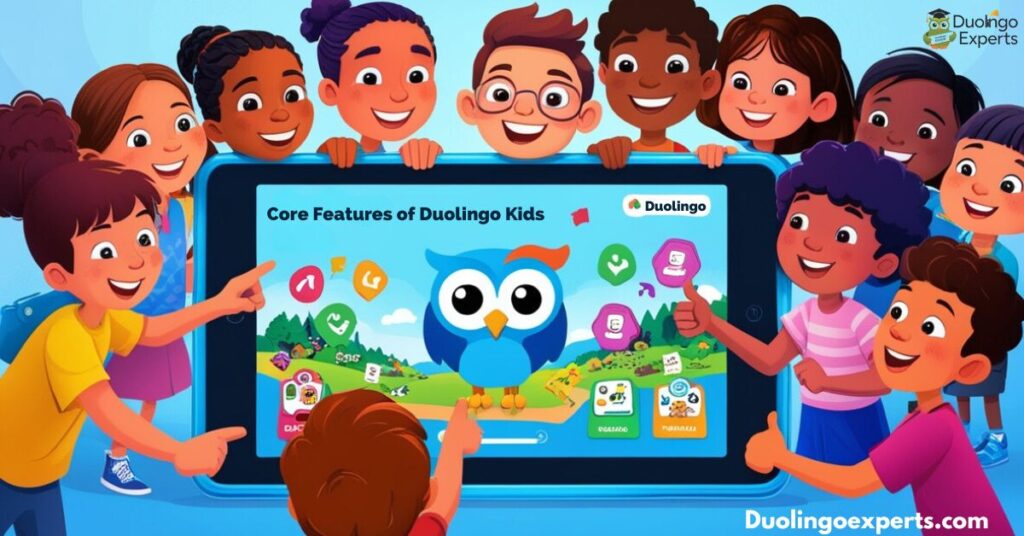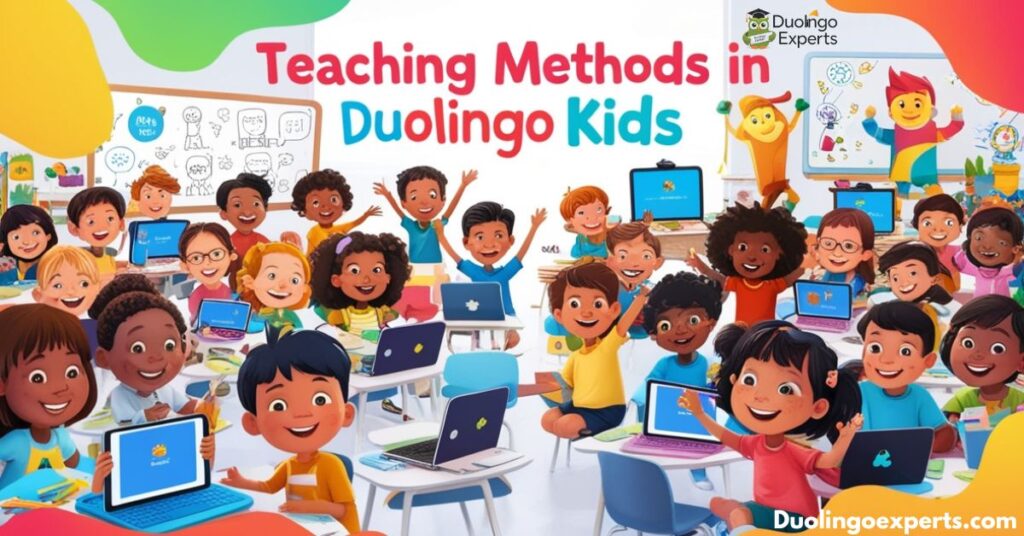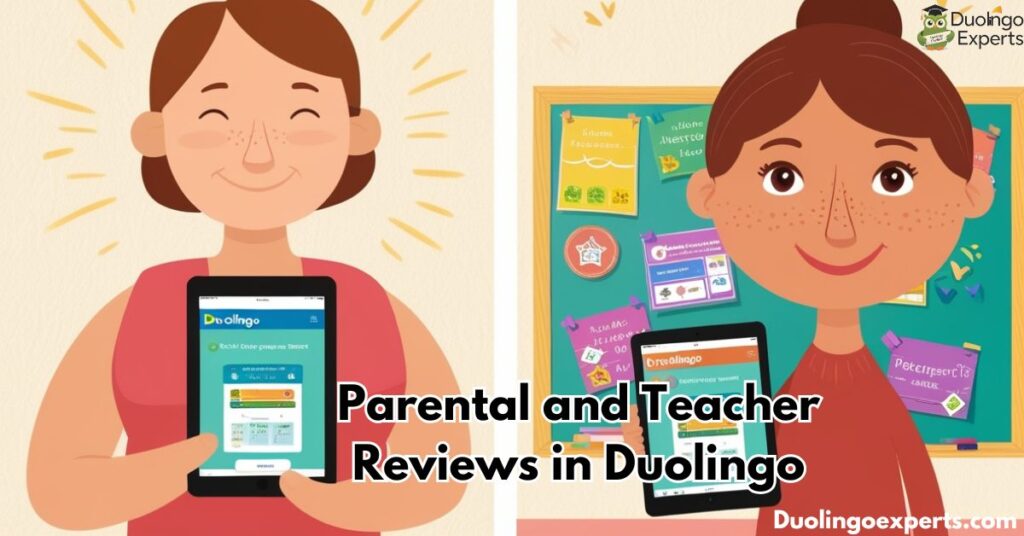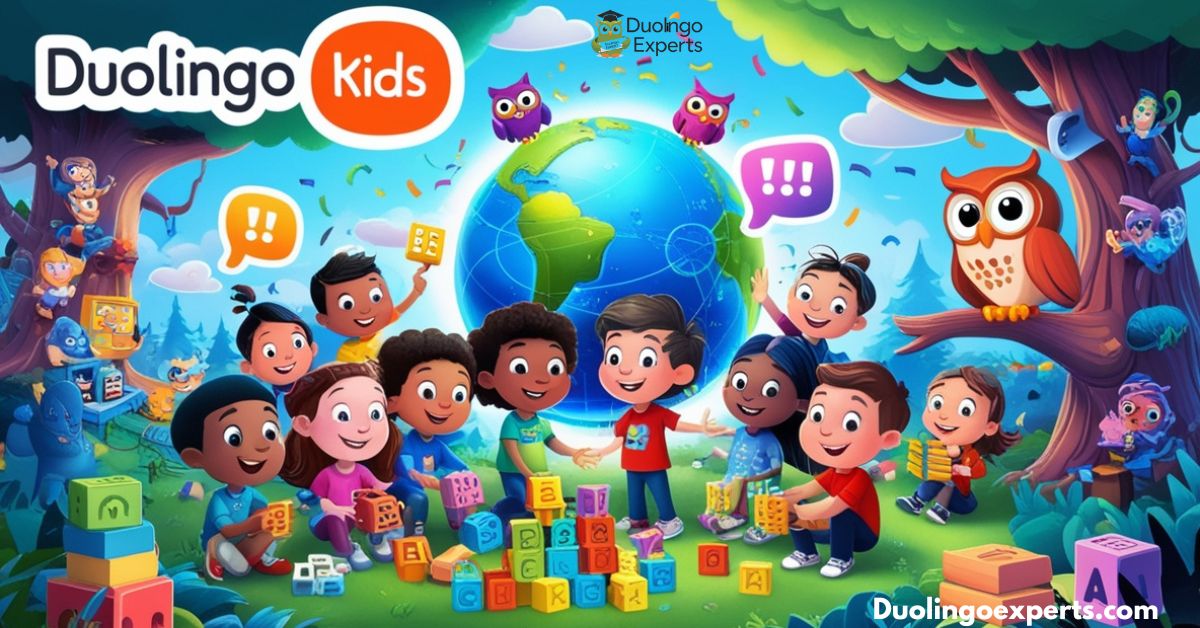Duolingo Kids has rapidly become one of the most trusted and popular language learning tools for kids worldwide. Combining fun, interactive lessons with proven science based learning methods, it provides an engaging platform for children to begin their language education journey. Whether you’re looking to enhance your child’s phonics skills, boost their reading comprehension, or start their first steps in learning a new language, Duolingo Kids offers something for every young learner.
In this article, we’ll explore Duolingo Kids in depth, covering its features, benefits, and the best ways to use the app to promote early literacy development. Let’s dive into everything you need to know about this fantastic interactive language learning tool for kids!
What is Duolingo Kids?
Duolingo Kids is an educational app designed to teach children the basics of language in a fun and engaging way. Building on the success of its parent app, Duolingo, which is known for its gamified learning approach, Duolingo Kids targets younger audiences, specifically children aged 3-8 years. With colorful, interactive lessons, the app is perfect for introducing young learners to new languages such as Spanish, French, German, and many more.
The app was created with the goal of making language learning enjoyable and accessible to children, ensuring they grasp the fundamentals of language while having fun. Duolingo Kids incorporates phonics-based instruction, interactive stories, and engaging vocabulary games to teach children at their own pace, making language learning a natural part of their everyday routine.
Key Features of Duolingo Kids:
- Interactive Language Lessons: Fun games and activities that teach new words and concepts.
- Phonics-Based Instruction: Helps children develop reading and writing skills.
- Storytelling: Stories and picture-based exercises aid reading comprehension.
- Vocabulary Building: Focuses on word recognition and understanding context clues.
- Gamification: Achievement badges, virtual rewards, and progress tracking keep kids motivated.
- Safe and Kid-Friendly: No ads, no chat features, and COPPA-compliant privacy ensure safety.
Age Range and Accessibility
Duolingo Kids is designed for children aged 3-8, though it can also serve as an introduction to language learning for slightly older kids. The app adapts to the child’s language level, ensuring that no matter where they start, the lessons will be appropriately challenging.
Duolingo Kids is compatible with iOS and Android devices and can be used on smartphones, tablets, and modern web browsers. It’s designed to be accessible and user-friendly for both parents and children. The app also works offline, making it a great tool for families on the go or those with limited internet access.
Core Features of Duolingo Kids

Fun, Interactive Games and Activities
Duolingo Kids stands out for its engaging, game-based learning format. Each lesson is designed like a game, keeping children interested and motivated. These interactive lessons involve a variety of hands-on activities, such as:
- Letter tracing: Helps children practice their writing skills.
- Drag-and-drop exercises: Encourages word matching and comprehension.
- Vocabulary games: Reinforces newly learned words through repetition.
These activities are not only fun but also encourage active learning, ensuring children retain what they’ve learned while enjoying the process.
Gamification and Rewards System
One of the biggest reasons for Duolingo Kids’ success is its incorporation of gamification. Learning becomes an exciting game where children earn virtual rewards, such as achievement badges, as they progress through different levels. These badges give children a sense of accomplishment and motivate them to keep learning. The app also uses progress tracking to measure how far a child has come and how much they’ve learned.
By making language learning a game, Duolingo Kids successfully engages children and keeps them coming back for more.
Storytelling and Interactive Lessons
Duolingo Kids takes advantage of interactive storytelling to teach language. As children progress through the app, they encounter stories with highlighted words that help reinforce vocabulary and reading comprehension. These stories are often supplemented with picture-based learning, where the images provide context clues to help children understand new words.
By using context clues and sight words, Duolingo Kids aids in early literacy development. Kids learn not just by reading, but also by hearing and seeing the words in action. This makes language learning both comprehensible and memorable.
Language Skills Developed
- Phonics-Based Instruction: Through carefully structured lessons, Duolingo Kids helps children recognize letter sounds, syllables, and basic word structures. This is essential for building strong reading skills.
- Vocabulary Building: Each lesson is designed to increase the child’s vocabulary, whether it’s through games or repetitive practice with new words.
- Reading Comprehension: The stories and contextual clues in lessons allow children to understand how words fit into sentences and larger passages.
- Pronunciation: Kids are encouraged to speak and repeat words, helping them improve their speaking skills and pronunciation.
Teaching Methods in Duolingo Kids

Science-Based Learning Approach
Duolingo Kids is built on a science-backed teaching methodology that is designed to support effective language acquisition. The app’s approach is rooted in established principles of language learning, including spaced repetition and contextual learning. The app’s structure mirrors the strategies suggested by the National Reading Panel for developing early literacy skills.
This approach ensures that lessons are not only fun but also effective in helping children retain information. Spaced repetition helps children remember words over time, and contextual learning ensures that they understand how words are used in everyday situations.
Phonics and Reading Development
Duolingo Kids emphasizes phonics-based instruction a proven method for teaching young children how to decode words. Children first learn individual sounds and then combine them into words, improving both their reading fluency and spelling skills.
The app integrates phonics lessons with vocabulary building, making it an ideal tool for enhancing early literacy development. As children advance, they begin to understand how words and sentences are structured, improving their ability to read more complex texts.
Vocabulary Building
Vocabulary building is a central focus of Duolingo Kids. The app introduces children to new words in an engaging way, encouraging them to learn words by seeing and hearing them in different contexts. This repetition and context-based learning helps reinforce new vocabulary and improve retention.
Reading Comprehension
Duolingo Kids integrates reading comprehension exercises into each lesson. As children progress, they engage with interactive stories, where they must understand the context of the story and answer questions about it. This not only enhances vocabulary but also helps children develop a deeper understanding of how language works.
Safety and Privacy Features
Age-Appropriate Content
One of the most important factors for parents when choosing an app for their children is safety. Duolingo Kids offers a child-friendly user experience that’s designed with safety in mind. The app’s content is age-appropriate, ensuring that younger users are not exposed to material that is too complex or inappropriate.
Privacy and Security Measures
Duolingo Kids is COPPA-compliant and adheres to strict privacy standards, meaning no personal data is collected from children without parental consent. The app also does not include ads or social features, ensuring that children are not exposed to third-party content or messaging.
Parental Controls
Duolingo Kids offers a variety of parental controls, allowing parents to track their child’s progress and set learning goals. Parents can also set time limits for daily usage, helping them manage screen time effectively.
Tracking Progress and Learning Results
One of the key features of Duolingo Kids is its ability to track learning progress. The app provides valuable insights into a child’s learning journey, including:
- Time spent learning: How much time a child has spent on each lesson.
- Skills mastered: What skills have been completed, including vocabulary and grammar.
- Stories completed: How many interactive stories a child has finished.
- Vocabulary growth: Tracking new words learned over time.
Parents can easily monitor their child’s progress through detailed reports and progress assessments that show which skills are improving and which may need more attention.
Parental and Teacher Reviews in Duolingo
The response to Duolingo Kids from both parents and teachers has been overwhelmingly positive. Parents appreciate how the app combines language learning with fun, and teachers value the app’s use of interactive storytelling and phonics-based instruction.

Some parents mention how it has helped their children improve their vocabulary, while others highlight how Duolingo Kids keeps their kids engaged with reward systems and virtual rewards. Teachers note that the app aligns well with early literacy development standards, including the Common Core Standards for K-2.
Practical Tips for Parents
Setting Up Your Child’s Account
Setting up your child’s account on Duolingo Kids is easy. You’ll need to create a parent profile first, then set up a child profile. You can choose the language your child will start with, set learning goals, and even adjust settings for time limits and daily goals.
Creating a Consistent Learning Schedule
To help your child succeed, it’s important to create a consistent learning routine. Aim for short, daily practice sessions to keep the learning process fresh and engaging. Setting a regular study schedule helps your child build a habit and retain more information over time.
Supporting Your Child’s Language Progress
While Duolingo Kids offers a comprehensive learning experience, parental involvement is still essential. Support your child by discussing what they learn and helping them practice outside of the app. Encourage them to use new words in conversations or to read simple books in the language they’re learning.
Offline Learning and Accessibility
Another great feature of Duolingo Kids is its ability to function offline. This is especially helpful for families who need to limit screen time or who are traveling without internet access. The app’s offline functionality allows your child to continue their language learning, making it a versatile educational tool.
Frequently Asked Questions About Duolingo Kids
Is there a kids version of Duolingo?
Yes, there is a kids version of Duolingo called Duolingo Kids, designed for children ages 3-8. It offers fun, interactive language lessons with a focus on vocabulary building and phonics-based instruction.
Is Duolingo age appropriate?
Yes, Duolingo is age-appropriate, with specific versions like Duolingo Kids tailored for children ages 3-8. The app features kid-friendly content, safety measures, and age-appropriate language lessons.
How old is Junior Duolingo?
Junior Duolingo, also known as Duolingo Kids, is designed for children ages 3 to 8. It provides a fun and educational platform for younger learners to start language learning.
Is Duolingo school appropriate?
Yes, Duolingo is school-appropriate and widely used in educational settings to support language learning. It offers a structured, engaging curriculum suitable for students of various ages and proficiency levels.
How do I add a kid to Duolingo?
To add a kid to Duolingo, create a parent account and then set up a child profile within the app. From there, you can choose the language and adjust settings like daily goals and learning preferences.
How much is Duolingo for kids?
Duolingo Kids is free to download and use with basic features. For additional premium features, Duolingo offers a Duolingo Plus subscription, which includes an ad-free experience and offline access.
Is there a family version of Duolingo?
Yes, Duolingo offers a Family Plan for Duolingo Plus, allowing multiple family members to use the app under one subscription. This plan provides benefits like an ad-free experience and offline access for all users.
Is there babbel for kids?
No, Babbel does not offer a specific version for kids. It is designed for adult learners, with lessons focused on conversational language skills rather than child-friendly content.
Is Mango or Duolingo better?
Duolingo is better for beginners and younger learners due to its gamified, interactive approach. Mango Languages is more suitable for serious learners seeking comprehensive language courses with cultural context.
Is Duo from Duolingo a girl or boy?
Duo, the mascot of Duolingo, is a gender-neutral owl and does not have a specific gender. The character is designed to be friendly and approachable for all users.
Conclusion
Duolingo Kids is a highly effective and engaging language learning app for young children. With its interactive lessons, gamification, and phonics-based instruction, it provides an excellent introduction to language education. The app’s focus on safety and privacy, combined with its research-backed teaching methods, makes it a trusted tool for parents and teachers alike.
If you’re looking for a fun, effective, and safe way to help your child develop essential language skills, Duolingo Kids is an excellent choice. With its interactive games, reward systems, and engaging content, your child can start their language learning journey today!
>>>Read Also: How Many Units Are in Duolingo Spanish 2025: Total Unit Count Revealed

DuolingoExperts, managed by MarkJohan, offers expert insights and tips for mastering languages. A tech-driven platform to enhance your learning experience.

